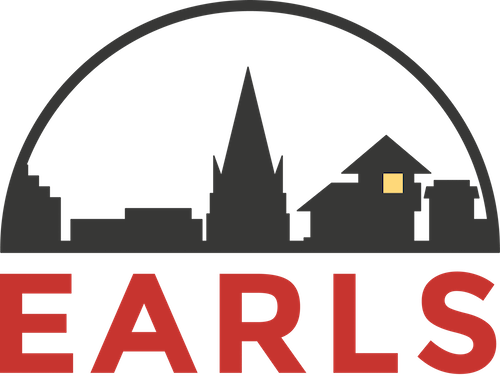Frequently Asked Questions
1. IS IT POSSIBLE TO HAVE RLS SYMPTOMS IN OTHER AREAS OF THE BODY?
Yes, restless legs syndrome (RLS) can affect the arms, trunk or even the face.
2. CAN TAKING VITAMIN OR MINERAL SUPPLEMENTS HELP MY SYMPTOMS?
If an underlying vitamin deficiency is found to cause your disease, supplementing with iron, vitamin B12 or folate (as directed by your healthcare provider) may reduce or even alleviate your symptoms.
Because the use of even moderate amounts of some minerals (such as iron, magnesium, potassium and calcium) can impair your body's ability to use other minerals or can cause toxicity, you should use mineral supplements only on the advice of your healthcare provider.
3. ARE THERE MEDICATIONS THAT ARE KNOWN TO WORSEN RLS SYMPTOMS?
Yes. These include:
Antihistamines (like Benadryl) found in many cold, allergy and over-the-counter sleep aids
Antidizziness, antinausea medications like Meclizine, Compazine, Phenergan and Reglan
Antidepressants such as Elavil, Prozac, Lexapro and Effexor
Psychiatric medications such a haloperidol and phenothiazines that are used to treat bipolar disorders, schizophrenia and other serious disorders
Always be sure that your healthcare provider is aware of all the medicines you are taking, including herbal supplements and over-the-counter medications.
4. ARE THERE THINGS I SHOULD AVOID?
Some medications, foods and other substances are known to cause or increase RLS symptoms. Caffeine use may intensify RLS symptoms. Caffeine-containing products, including chocolate and caffeinated beverages such as coffee, tea and soft drinks, should be avoided. Alcohol consumption also increases the span or intensity of symptoms for most individuals.
5. I SUSPECT THAT MY CHILD MAY HAVE RLS. IS THIS POSSIBLE?
RLS can occur in people of any age including children. Research suggests that RLS affects an estimated 1.5 million children and adolescents in the United States, and confirms that RLS and Periodic Limb Movement Disorder (PLMD) are not unique to adulthood.
While RLS is most often diagnosed in middle-aged individuals, adults can usually trace their symptoms back to childhood and often remember hearing things like "those are growing pains" or "quit wiggling so much." Evidence connecting RLS and attention deficit/hyperactivity disorder (ADHD) is growing.
6. IS RLS HEREDITARY?
RLS is familial in about 50 percent of affected individuals which is consistent with a genetic origin. It also may be idiopathic or related to acquired conditions such as iron deficiency anemia or chronic renal failure. Several predisposing candidate genes have been identified in genome wide association studies.
7. IS THERE A KNOWN CAUSE FOR RLS?
Extensive research into the cause of RLS is underway worldwide. While a single unifying cause has not been identified, here are some common features:
RLS often runs in families. This is called primary or familial RLS. Researchers are currently looking for the gene or genes that cause the disease.
RLS sometimes appears to be a result of another condition, which, when present, worsens the underlying RLS. This is called secondary RLS.
Up to 25 percent of women develop the disease during pregnancy but symptoms often disappear after giving birth.
Anemia and low iron levels (ferritin) frequently contribute to a worsening of symptoms.
RLS is very common in patients requiring dialysis for end-stage renal disease.
Damage to the nerves of the hands or feet (i.e., peripheral neuropathy) from any number of causes, including diabetes, contributes to RLS.
Attention deficit hyperactivity disorder (ADHD) is common in children and adults with RLS.
8. ARE THERE EXERCISES THAT CAN HELP ALLEVIATE SYMPTOMS?
Exercise can be used to reduce RLS symptom severity.
In 2006, a small study found that a combination of moderate aerobic exercise and lower-body resistance training three days a week reduced symptom severity by about 50 percent. The study found that it took six weeks to see maximum benefit from the exercise program. In general, people with RLS have reported that moderate exercise seems helpful and that strenuous exercise may worsen symptoms.

